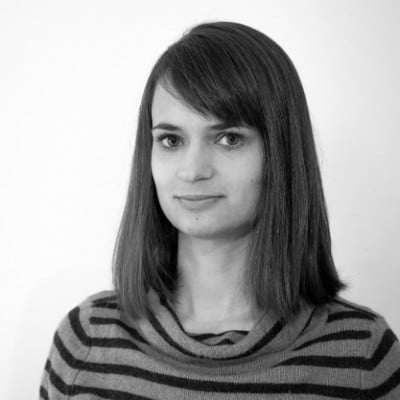Salzburg University Hospital uses Oqton D2P and Freeform to 3D print a patient-specific cranial implant
3D printing and 3D design solutions are transforming the production of cranial implants, devices with applications like trauma, defects, and reconstruction. At the forefront of this movement is the University Hospital of Salzburg, Austria, which successfully produced its first 3D-printed PEEK cranial implant as a custom device for a patient.
The hospital’s in-house clinicians combined the unique capabilities of Oqton D2P and Freeform software with 3D Systems’ EXT 220 MED to produce the cranial prosthesis for a 55-year-old male suffering from skull deformity.
Computer scientist Rainer Trummer (55) from the city of Salzburg has a lifelong history of suffering behind him caused by craniosynostosis. That is, one of the cranial bones ossified too early during childhood, resulting in a deformation of the skull.
It took a long time for Trummer to find a doctor who could help him. An operation already planned abroad was cancelled because of the Covid pandemic and could not be rescheduled. Then he turned to Professor Alexander Gaggl, head of the Department of Oral and Maxillofacial Surgery at the University Hospital of Salzburg, and his team. "I had known Professor Gaggl since another operation in 2012 and had complete trust in him," he said.
Balloon filled with water stretched the scalp
The Salzburg Provincial Clinics set up a laboratory with their own 3D printers at the University Hospital in 2021. Trummer was to become the first patient with an implant from the 3D printer, which was also produced in-house. "This was possible because with the 3D Systems EXT 220 MED, we have a 3D printer that can print implants made of PEEK plastic under cleanroom conditions," explained Simon Enzinger, managing senior physician at Department of Oral and Maxillofacial Surgery.
For Trummer’s problem, professor Gaggl and his team decided on a treatment that would take months to complete. "From the beginning, we planned to replace the visually missing occiput with a prosthesis. However, we faced the challenge that the scalp is very taut and hardly stretchable," he said.
A plastic balloon was implanted under the patient’s scalp, which was then filled with saline solution over the course of 6 months until it reached the size of the planned implant. A total of 250 milliliters of saline solution were pumped into the balloon.

Salzburg University Hospital's team present the case of the patient-specific cranial implant made with D2P and Freeform
Salzburg University Hospital is a pioneer in 3D printing throughout Europe
Next, in-house clinical engineers created a 3D model of the occipital prosthesis with a diameter of 12 and a thickness of up to three centimeters. Starting with the patient’s CT images, D2P was used to convert the DICOM file to a 3D model ready for design. D2P is FDA 510(k)-cleared medical image processing software which allows surgeons, radiologists, lab technicians, and device designers to create diagnostic-quality digital 3D models and physical 3D prints easily and quickly.
Oqton’s Freeform, a 3D design software for organic shapes, was used to design the implant and put the final touches on the prosthesis.
Finally, the cranial implant was printed using VESTAKEEP i4 3DF PEEK by Evonik on the EXT 220 MED extrusion platform. The manufacturing process took about 10 hours.
PEEK is a very desirable material for the production of medical devices because it is lightweight, resistant to thermal and ionizing radiation, and possesses mechanical properties similar to those of human bone. The 3D Systems printing platform was specifically designed to enable this type of point-of-care application within the hospital.
Stefan Leonhardt, director, medical devices, 3D Systems added, "Since patient safety is our top priority, we have invested a lot of resources in biological and mechanical testing of printed implants over the last few years, from which innovative clinics and their patients are now benefiting. The entire team is extremely proud that our technology has now made its way into patient care."
The result is "a miracle" for the patient
On February 10, a few days before Rainer Trummer's 55th birthday, Professor Gaggl and his team performed the procedure over the course of six hours. A good 6 weeks later, the surgical wounds have largely healed. "I'm doing great, I'm totally happy!" beamed Trummer. "I don't feel like I have an implant in my head, but now I have a completely 'normal' head. It's like a miracle for me."
The Department of Oral and Maxillofacial Surgery where Trummer was treated is one of three type B expertise centers at the University Hospital Salzburg – specifically for cleft lip, jaw and palate and craniofacial anomalies. The establishment of the 3D printing lab is part of a digitization strategy that the University Hospital of Salzburg has consistently pursued since the onset of the Covid pandemic.
The department stand for digitization in the interest of patients, and 3D printing and its many clinical application possibilities are its central building block here.
Topics 
Subscribe to our newsletter
Get our best content straight in your inbox

 Marta Matvijev
Marta Matvijev